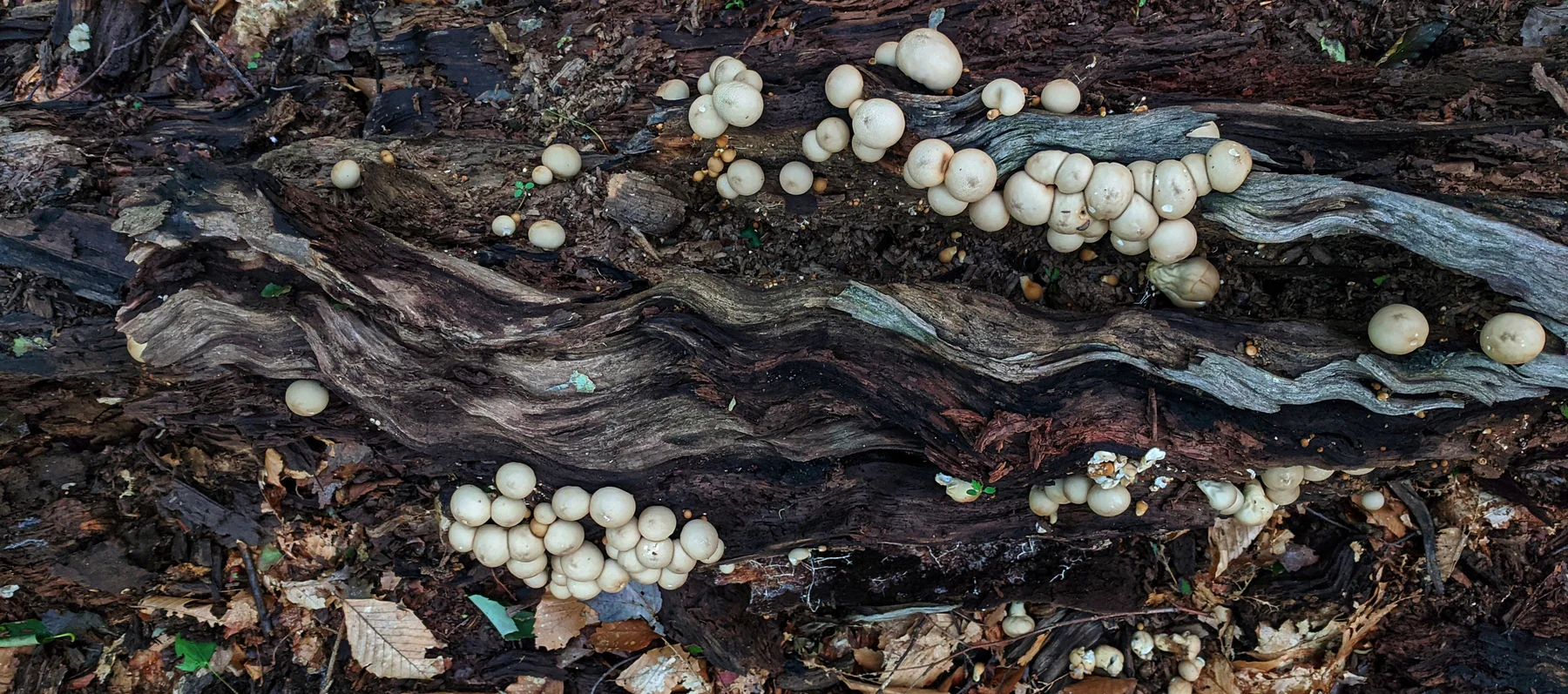
Organic Farming and Microorganisms
There are countless microorganisms in the soil and on plants, and many of them can have a profound impact on the health of the soil and crops that we, as farmers, rely on. Farmers have been using various microorganisms, or “biologicals”, as inoculants and to help control pests and diseases for decades. Recent scientific work is uncovering more and more beneficial species, and with advancements in the ability to readily isolate and propagate these organisms we are seeing a wave of exciting new materials on the market. As our collective understanding of these microorganisms continues to evolve, so does our ability to work with them to help achieve our farming goals.
What are these beneficial microorganisms?
Many are bacteria. Bacteria are tiny, single-celled organisms that live everywhere. Bacteria in the soil can help make nutrients available to plants by “mineralizing” them into plant-available forms. Bacteria can also colonize plant surfaces and form a “biofilm” to help protect plants from pests or pathogens. Some beneficial bacteria will even kill pathogenic bacteria and insect pests. Bacteria can also help plants like legumes “fix” atmospheric nitrogen in their root systems, where it can be stored and used for the next crop.
Examples of common beneficial bacteria for farmers include -
Bacillus spp., Pseudomonas spp., Streptomyces spp., Lactobacillus spp., Rhizobium spp.
---
Beneficial microorganisms can also be fungi. Most of us know fungi as mushrooms - the fruiting bodies of some fungi. Yeast (Saccharomyces spp.) are also fungi and are responsible for fermentations in bread, beer, wine and some medicines. Mycorrhizal fungi colonize plant’s root systems and work with plants and bacteria to facilitate the exchange of sugars and minerals. Without the help of these fungi, many crop plants would not be able to access the nutrients they need. Other beneficial fungi can protect plants from insect pests or disease-causing fungi.
Examples of beneficial fungi for farmers include -
Trichoderma spp., Gliocladium spp., Glomus spp., Beauveria spp., Isaria spp.
---
Many beneficial microorganisms are already present in the soil. They make homes in/on roots and in soil aggregates - the binding of soil particles and organic matter that give soil its structure. Preserving soil aggregates and promoting “aggregate stability” is a primary goal of reducing tillage and cover cropping. Using naturally-occurring and biologically-based fertilizers like kelp, alfalfa, molasses, crab shell, worm castings, etc. can help promote soil biology by giving them nutrients to mineralize and exchange with plants. “Feeding the soil” is a common phrase in organic farming, what this means more specifically is “feeding the soil microorganisms”.
As you read through our website or catalog, look for some of the species named above and for biologically-based fertilizers that will help support them. A good example of an all-in-one product is TerraGrow from BioSafe Systems - a blend of several beneficial microbes (five Bacillus spp.) and some “microbial food” to support their growth.
Building and promoting soil biology is a long-term investment and a core principle of organic farming. Encouraging the health of microorganisms is something tangible that we as farmers can do to ensure the health of our crops and our land, and the quality of our produce. As always, if you need any help or guidance along the way, we are here for you.

Leave a comment